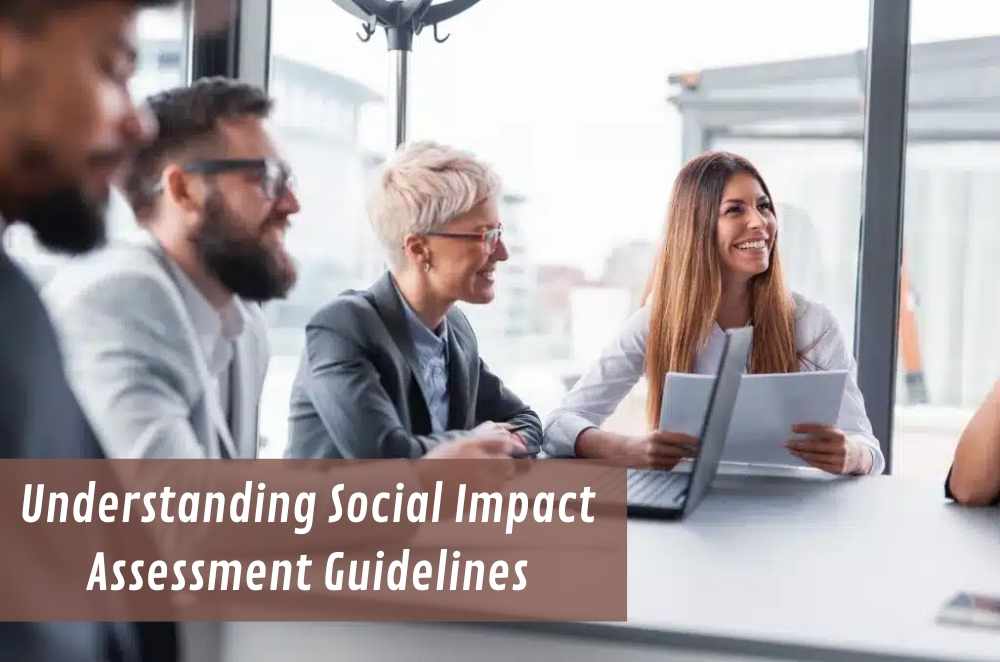
Getting social impact right is never a tick-box exercise. Communities are complex, and the effects of projects run deeper than numbers on a page. That’s why social impact assessment considerations matter from the outset. They provide a structured way to weigh how developments, infrastructure and policies touch people’s lives — from housing and transport to services and cultural values. Applied early, they help decision-makers spot risks and opportunities before shovels hit the ground. Without them, communities can shoulder consequences that could have been anticipated, managed or avoided. Put simply: good guidelines make social change legible, accountable and, crucially, fair.
What are social impact assessment guidelines?
They’re frameworks for predicting, measuring and managing a project’s social effects. In short, they turn community impacts into clear, auditable steps.
Guidelines set scope, evidence standards, engagement rules and reporting expectations. Typical inclusions cover significance thresholds, mitigation hierarchies and adaptive monitoring plans that keep pace with real-world change.
Core elements commonly included:
Stakeholder mapping and engagement protocols
Baseline conditions and trend analysis
Impact pathways with significance ratings
Mitigation, offsets and monitoring triggers
How do SIA guidelines improve community outcomes?
They build fairness and foresight into decisions. Put simply, they reduce blind spots and lift trust.
Consistent methods help ensure no group is overlooked and that lived experience informs choices. Aligned with planning law and policy, SIA can support social licence while smoothing approvals. For local relevance, practice in the NSW town planning process shows how assessment informs rezoning, infrastructure timing and service access.
Where guidelines add the most value:
Early identification of social risks and benefits
Clear documentation for contested trade-offs
Inclusive engagement for underrepresented groups
Metrics agencies and auditors can verify
Practical outcomes include a housing mix matched to need, culturally responsive design and service planning that keeps pace with growth. These gains compound over a project’s life, especially when monitoring results loop back into design and delivery. When communities see their input reflected in tangible changes, social licence strengthens, and disputes tend to cool.
What challenges arise when applying SIA?
Complex communities don’t fit neatly into templates. Data gaps, competing priorities and time pressure can dilute rigour.
Projects may face political or commercial urgency that compresses consultation and weakens mitigation, eroding trust. Credible assessments counter this with transparent methods, mixed-method evidence and staged engagement tied to decision gates.
Ways to keep assessments credible:
Publish assumptions and uncertainty ranges
Combine quantitative and qualitative evidence
Track equity impacts, not just averages
Tie monitoring to clear action thresholds
When guidelines flag significant risks, pausing to redesign is cheaper than post-approval fixes. Document why, how and when changes occur so communities can see the chain of accountability.
Conclusion
Social impact assessments are about anticipating how change ripples through people’s lives — and proving you acted on it. Use guidelines early, document trade-offs plainly and keep monitoring live so mitigation evolves with community needs. For a broader perspective and reflective practice, international case reflections on inclusive impact assessment practices underline the value of adaptability and community-led insight.

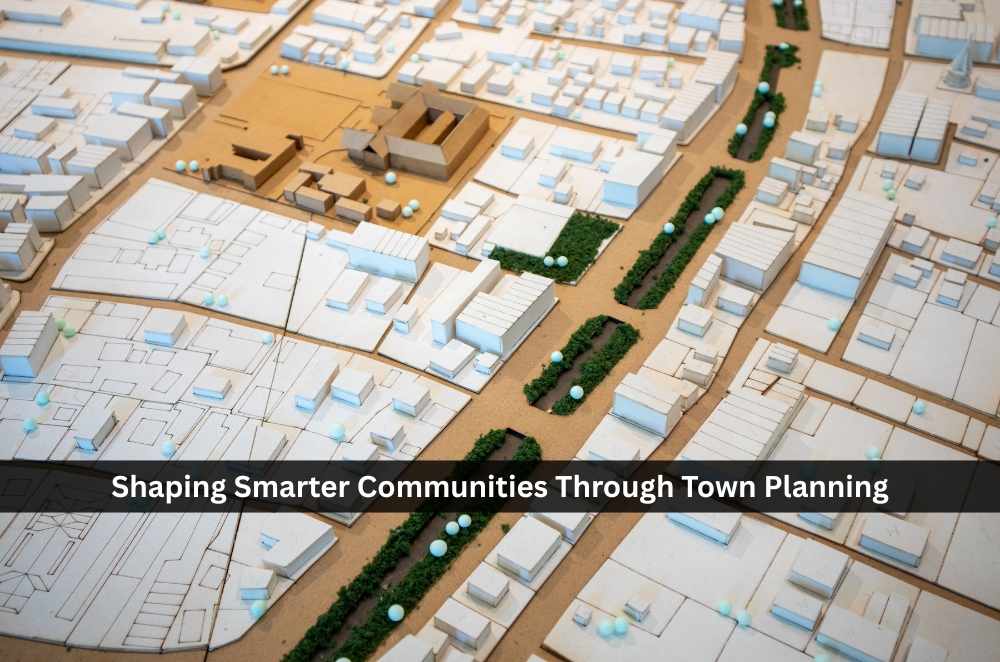
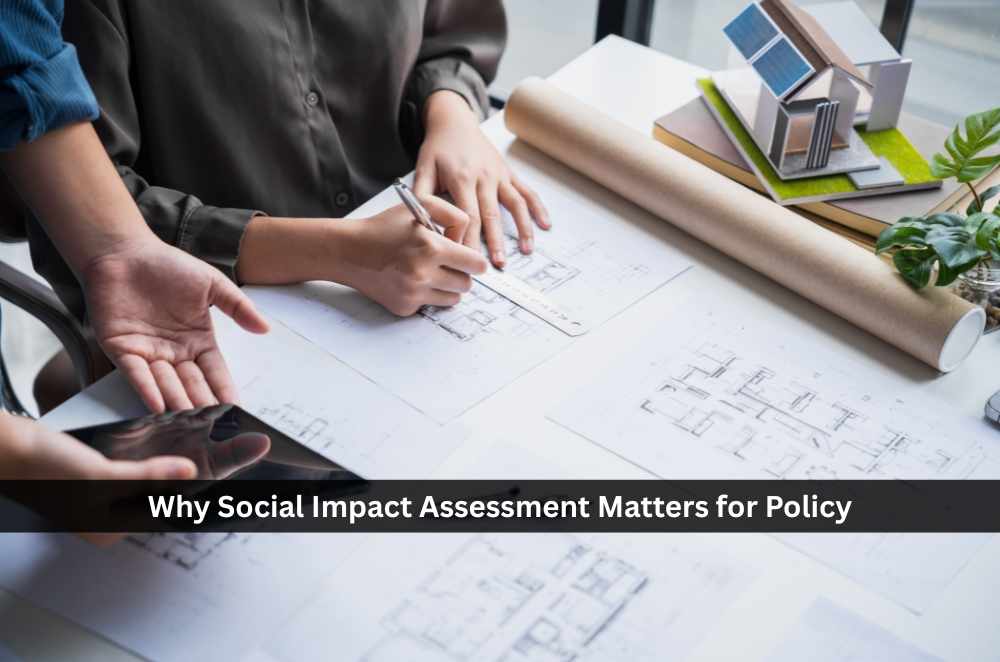
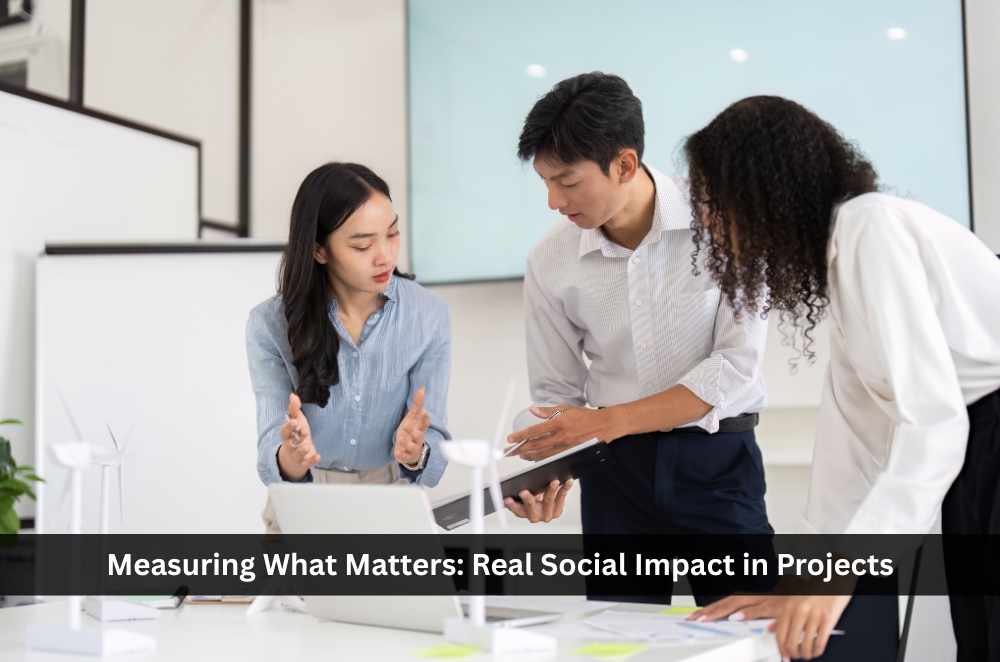
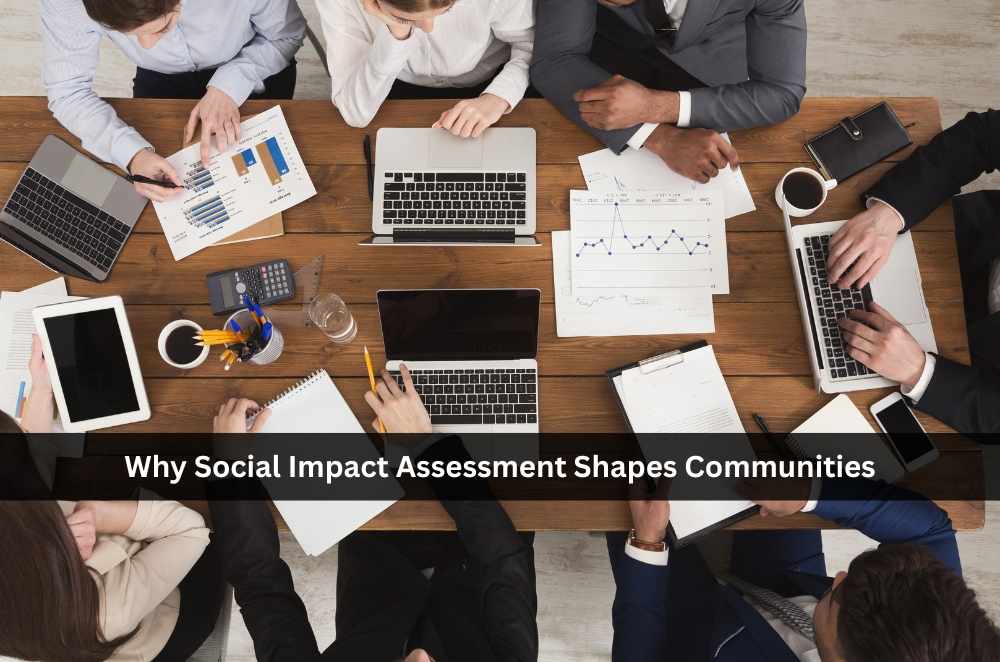




Write a comment ...